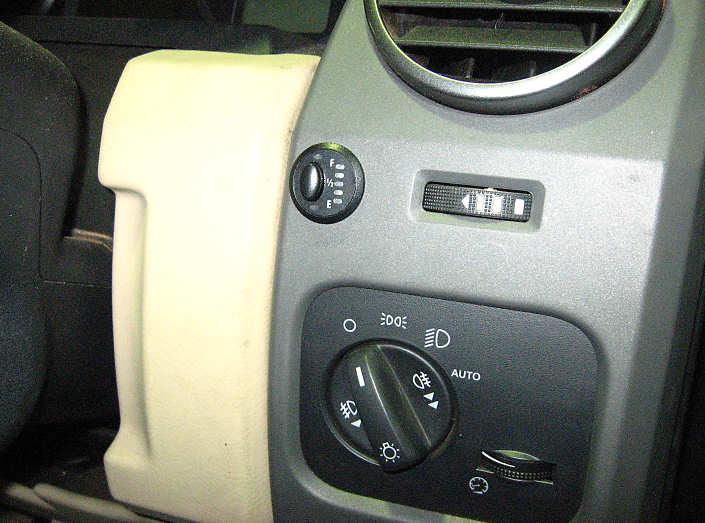User and Fitting Instructions for Universal Poly Fuel Tanks
Important Notes:
The BOAB range of universal fit Poly fuel tanks are designed for short-term storage and transport of fuel in
external protected locations in or on motor vehicles. This makes the tanks ideal for vehicles undertaking
expeditions and long distance travel.
Installations of fuel tanks should only ever be undertaken by qualified personnel using the resources of a
suitable workshop with particular attention paid to ventilation and protection from physical damage.
BOAB Poly tanks are Ideal for Diesel but can also be used with Petrol, however petrol installations require
very careful attention to ventilation and it is not recommended that tanks used for petrol be exposed to direct
sunlight.
Never fill the tank past the “Max Fill Line” – which is approx 20mm from the top of the tank.
Installation:
1. The tanks are a “universal” fitment, meaning that every installation will be different and therefore
detailed fitting instructions are not possible. The following points should be taken into account when
installing a BOAB Poly Fuel Tank.
2. The tanks should be secured with good quality tie down straps or other custom made brackets &
straps. Take care to avoid materials that could chaff the tank. Keep in mind the weight of a full tank
when designing the mountings.
3. Mount the tank only in a well ventilated location – ideally on the tray of a ute, truck or trailer. It is not
recommended to use any fuel tank on a roof rack.
4. If mounting the tank inside a vehicle, it should be contained within a fully sealed and ventilated
cabinet or bulkhead such that fumes or fuel cannot enter a passenger compartment.
5. The 50, 55 & 60 Lt tanks are fitted with a low profile breather fitting . This may sweat fuel if the tank
is over-filled or in off-road situations. Accordingly ensure the breather is away from any ignition
source or hot exhausts etc. If using the tank in off-road situations it is highly recommended the vent
be replaced with a connection into the vehicle’s standard fuel system as follows
If the tank is being installed into a semi-permanent installation the breather should be connected into
the vehicle’s standard fuel ventilation system by replacing the low profile breather with a brass hose
connector fitting and adding a length of fuel hose to connect into the vehicle's standard fuel tank
ventilation system with a suitable size T piece (may vary slightly depending on vehicle model and
application).
6. Fuel from the tank can be used in several ways, including:-
Using a hose kit and fuel tap – remove the standard fuel cap and insert the drain hose and
transfer the desired amount of fuel whilst stationary.
A semi permanent drain hose and tap connected into the original fuel filling system
A hand or electric fuel pump connected with hoses into the original fuel filling system
Warning: NEVER attempt to syphon fuel using your mouth
Options and Parts:
Fuel drain hose and shut-off valve (Part No: FTU55PK)
Vent Extension Kit - Universal fit, extra parts may be required for some applications (Part No: FTUVK)
Replacement Cap (Part No: WTPCAP)



 Reply With Quote
Reply With Quote
 D4 2.7litre
D4 2.7litre




Bookmarks